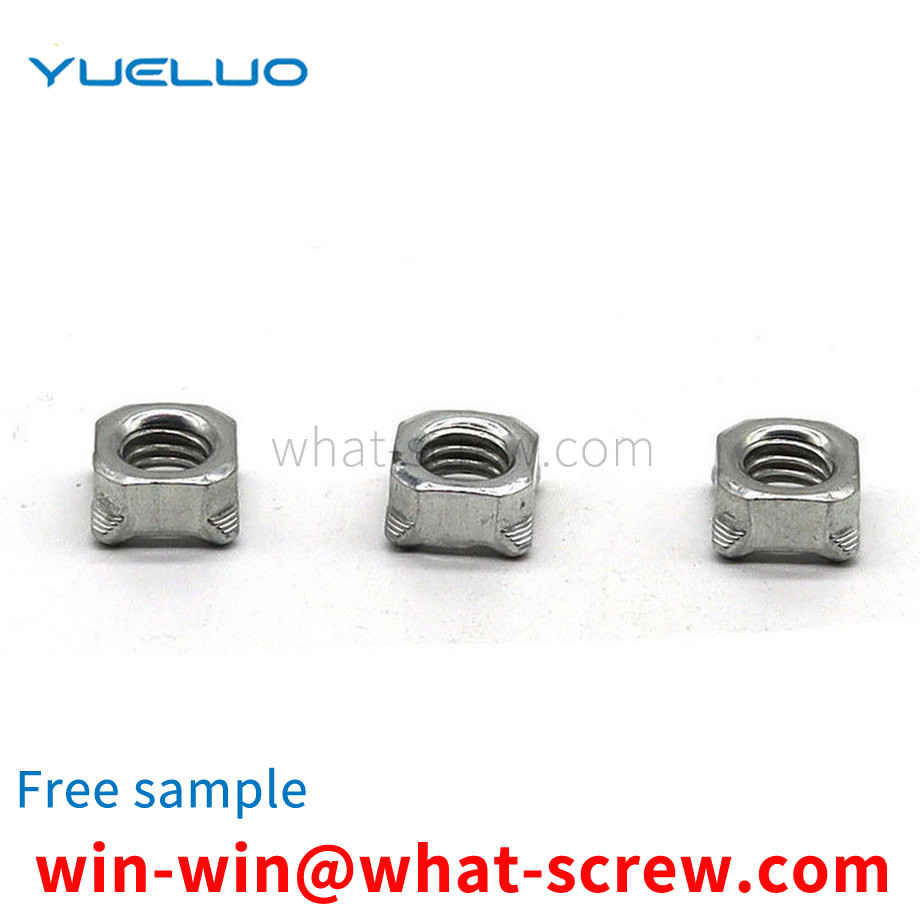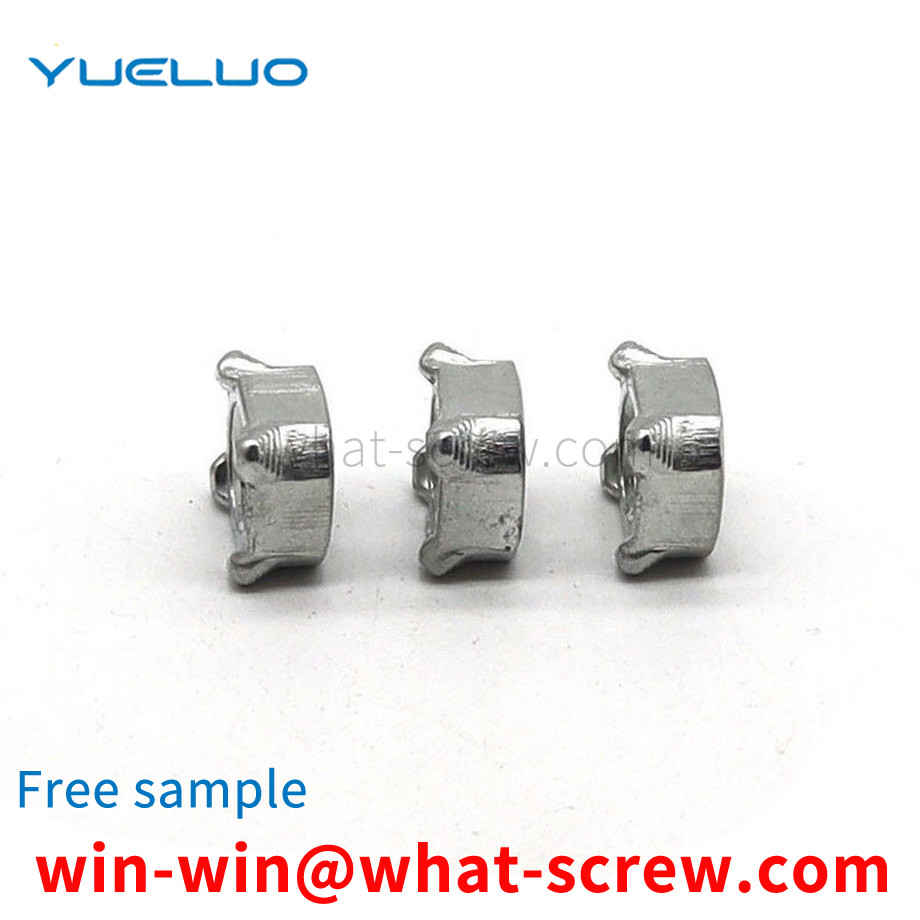Axle card is a kind of hole-to-hole movement installed on a slotted shaft and used as a fixed component. The inner diameter of this type of retaining ring is slightly smaller than the diameter of the assembly shaft. Application No. 201621153710.9 discloses a shaft card assembly device, including a feeding mechanism, a material distribution mechanism, a material reclaiming mechanism and an assembling mechanism. The feeding mechanism is connected with the feeding mechanism. The reclaiming mechanism includes a reclaiming tool and a servo system for driving the movement of the reclaiming tool. One end of the reclaiming tool is provided with a c-shaped opening, and an incision connected with the c-shaped opening is provided. The assembling mechanism includes a carrier for fixing the parts to be loaded and a turntable, and the carrier is mounted on the turntable. In the above shaft card assembly device, after the feeding mechanism completes the feeding, the material distribution mechanism separates the shaft card to a specific position with a fixed attitude, and then the private server drives the reclaiming tool to clamp the shaft card and assemble it to the pre-fixed by the assembly mechanism. on the fitting. During the assembly process, the manual workload is small, the efficiency is high, and the labor intensity is small. At the same time, the c-shaped opening and the cutout at the end of the reclaiming tool are designed to effectively form an elastic force to clamp the clamping shaft card and absorb the assembly process. The resulting outward deformation force avoids the plastic deformation of the shaft card due to the large external force.
The pretreatment process is a key process that determines the quality of nickel-phosphorus plating on high-strength bolts. The purpose of this process is to remove the passivation layer on the surface of the bolt and prevent the regeneration of the passivation film. The execution of this process directly determines the degree of bonding between the substrate and the coating. Most of the quality accidents in production are caused by poor pretreatment of bolts. Before plating, the oil, rust and oxide scale attached to the surface of the bolt must be carefully removed; the difference with electroplating is that it should be inspected more carefully, and plating is absolutely not allowed on unclean bolts. ① Inspection of bolts: Visual inspection of the surface quality of bolts requires that any burrs left by processing must be removed, and sharp edges and corners must be rounded. ② Manual degreasing; ensure that the surface of the substrate is free of oil stains. ③ Soak and remove oil; boil the bolts in alkaline water to remove the surface oil. ④ Pickling: In order to prevent the alkaline degreasing solution from contaminating the flash nickel plating tank, electro-activation treatment is carried out with pickling solution before flash nickel plating. ⑤ Electro-activation; electro-activation treatment with acid solution. ⑥ Flash nickel plating; flash nickel plating should be used for low alloy steel to increase the bonding strength between the coating and the substrate.
Blind rivets are a type of rivets for single-sided riveting, but they must be riveted with a special tool - a rivet gun (manual, electric, pneumatic). This type of rivet is especially suitable for riveting occasions where it is inconvenient to use ordinary rivets (which must be riveted from both sides), so it is widely used in construction, automobiles, ships, aircraft, machinery, electrical appliances, furniture and other products. Among them, the open type oblate head blind rivets are the most widely used, the countersunk head blind rivets are suitable for riveting occasions that require smooth performance, and the closed blind rivets are suitable for riveting occasions that require higher load and certain sealing performance.
At present, the main four kinds of anti-shedding nuts are still prone to falling off. Friction and anti-shedding are in the case of shock, vibration and variable load. At the beginning, the nut will decrease in preload due to relaxation. As the number of vibrations increases, the loss of preload will increase. The force increases slowly, eventually causing the nut to loosen and the threaded connection to fail. The mechanical nut is prevented from falling off by adding a stopper, which makes it inconvenient to disassemble. The riveting and punching prevention is to prevent the separation by welding, bonding, etc. This method can only be disassembled by destroying the bolt pair.
A low-carbon steel rivet nut fastener composed of a brim, a deformed skirt and a threaded wire hole is characterized in that there are fish teeth below the brim; the outer side of the lower end of the threaded wire hole has a chamfer; the inner wall of the threaded wire hole The cross section of the thread is an isosceles trapezoid, and the upper bottom of the trapezoid is a concave arc.
We have many years of experience in the production and sales of screws, nuts, flat washers, etc. The main products are: rivet nuts, slotted screws, DIN466 knurled nuts, fine pitch lock nuts and other products, we can provide you with suitable products for you. Fastener Solutions.



















 Service Hotline
Service Hotline




